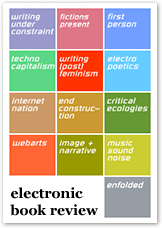
The Jacquard machine is a device fitted to a loom that simplifies the process of manufacturing textiles with such complex patterns as brocade, damask and matelassé. The resulting ensemble of the loom and Jacquard machine is then called a Jacquard loom. The machine was patented by Joseph Marie Jacquard in 1804, based on earlier inventions by the Frenchmen Basile Bouchon (1725), Jean Baptiste Falcon (1728), and Jacques Vaucanson (1740). The machine was controlled by a "chain of cards"; a number of punched cards laced together into a continuous sequence. Multiple rows of holes were punched on each card, with one complete card corresponding to one row of the design.

Patchwork Girl or a Modern Monster by Mary/Shelly and Herself is a work of electronic literature by American author Shelley Jackson. It was written in Storyspace and published by Eastgate Systems in 1995. It is often discussed along with Michael Joyce's afternoon, a story as an important work of hypertext fiction.

Textile design, also known as textile geometry, is the creative and technical process by which thread or yarn fibers are interlaced to form a piece of cloth or fabric, which is subsequently printed upon or otherwise adorned. Textile design is further broken down into three major disciplines: printed textile design, woven textile design, and mixed media textile design. Each uses different methods to produce a fabric for variable uses and markets. Textile design as an industry is involved in other disciplines such as fashion, interior design, and fine arts.

Librascope was a Glendale, California, division of General Precision, Inc. (GPI). It was founded in 1937 by Lewis W. Imm to build and operate theater equipment, and acquired by General Precision in 1941. During World War II it worked on improving aircraft load balancing.

Nick Montfort is a poet and professor of digital media at MIT, where he directs a lab called The Trope Tank. He also holds a part-time position at the University of Bergen where he leads a node on computational narrative systems at the Center for Digital Narrative. Among his publications are seven books of computer-generated literature and six books from the MIT Press, several of which are collaborations. His work also includes digital projects, many of them in the form of short programs. He lives in New York City.
Cary Wolfe is an American academic. He teaches English at Rice University. He has written on topics from American poetry to bioethics. He has been a voice in debates on animal studies and advocates a version of the posthumanist position. He is series editor for Minnesota Press's Posthumanities Series. He was born and grew up in North Carolina.
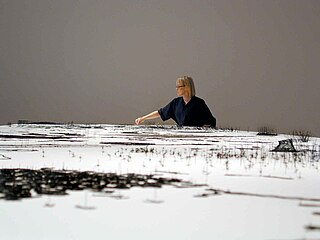
Anne Wilson is a Chicago-based visual artist. Wilson creates sculpture, drawings, Internet projects, photography, performance, and DVD stop motion animations employing table linens, bed sheets, human hair, lace, thread and wire. Her work extends the traditional processes of fiber art to other media. Wilson is a professor in the Department of Fiber and Material Studies at The School of the Art Institute of Chicago.
Kate Armstrong is a Canadian artist, writer and curator with a history of projects focusing on experimental literary practices, networks and public space.
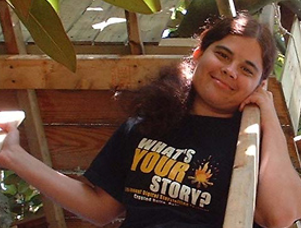
Deena Larsen is an American new media and hypertext fiction author involved in the creative electronic writing community since the 1980s. Her work has been published in online journals such as the Iowa Review Web, Cauldron and Net, frAme, inFLECT, and Blue Moon Review. Since May 2007, the Deena Larsen Collection of early electronic literature has been housed at the Maryland Institute for Technology in the Humanities.
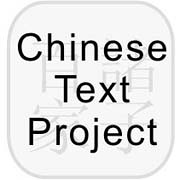
The Chinese Text Project is a digital library project that assembles collections of early Chinese texts. The name of the project in Chinese literally means "The Chinese Philosophical Book Digitization Project", showing its focus on books related to Chinese philosophy. It aims at providing accessible and accurate versions of a wide range of texts, particularly those relating to Chinese philosophy, and the site is credited with providing one of the most comprehensive and accurate collections of classical Chinese texts on the Internet, as well as being one of the most useful textual databases for scholars of early Chinese texts.
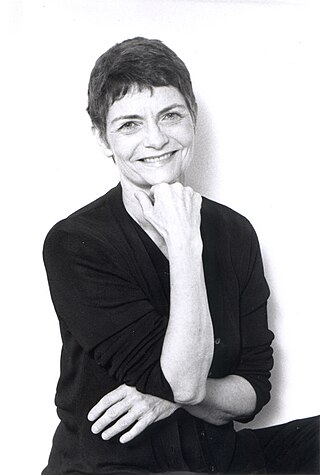
Stephanie Strickland is a poet living in New York City. She has published ten volumes of print poetry and co-authored twelve digital poems. Her files and papers are being collected by the David M. Rubenstein Rare Book And Manuscript Library at Duke University.
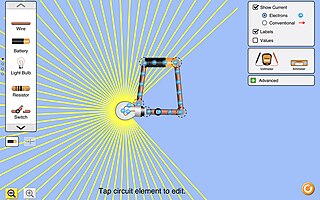
PhET Interactive Simulations, a project at the University of Colorado Boulder, is a non-profit open educational resource project that creates and hosts explorable explanations. It was founded in 2002 by Nobel Laureate Carl Wieman. PhET began with Wieman's vision to improve the way science is taught and learned. Their stated mission is "To advance science and math literacy and education worldwide through free interactive simulations."
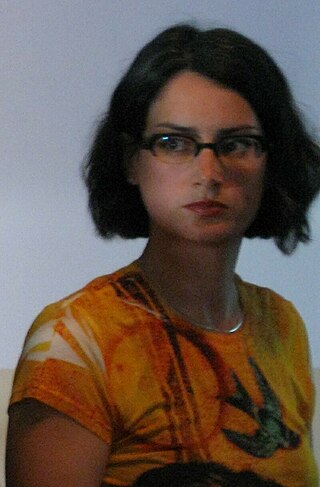
J. R. Carpenter is a British-Canadian artist, writer, and researcher working across performance, print, and digital media. She was born in Nova Scotia in 1972. She lived in Montreal from 1990 to 2009. She emigrated to England in 2010, and became a British citizen in 2019. She now lives in Southampton, England.
Mark Amerika is an American artist, theorist, novelist and professor of Art and Art History at the University of Colorado. He is a graduate of the Literary Arts program at Brown University, where he received his MFA in creative writing in 1997.
Amaranth Borsuk is an American poet and educator known for her experiments with textual materiality and digital poetry. She is currently an associate professor at the University of Washington Bothell's School of Interdisciplinary Arts & Sciences, where she teaches undergraduate courses on poetry, philology, and experimental writing. She also serves as the Chair of the school's M.F.A. program in Creative Writing, which she co-chaired from 2018 to 2022.
Max Bruinsma is a Dutch design critic, editor, curator, and educator.
Joseph Tabbi (1960-) is a US academic living in Norway, and is a full professor at the University of Bergen. He is a literary scholar and theorist, notable for his contributions to the fields of American literature and electronic literature.
Lori Emerson is an associate professor at the University of Colorado at Boulder and founder of the Media Archaeology Lab, a museum dedicated to obsolete technologies spanning from the late nineteenth century to the twenty-first century. She is known for her work in media archaeology, digital preservation, and digital archives.
Carolyn Guertin is a Canadian artist, scholar, and author. Guertin is known for critical writing related to cyberfeminism, born-digital arts, participatory cultures, theoretical work in emergent media arts and literatures, global digital culture, information aesthetics, hacktivism, tactical media, and the social practices surrounding technology.
